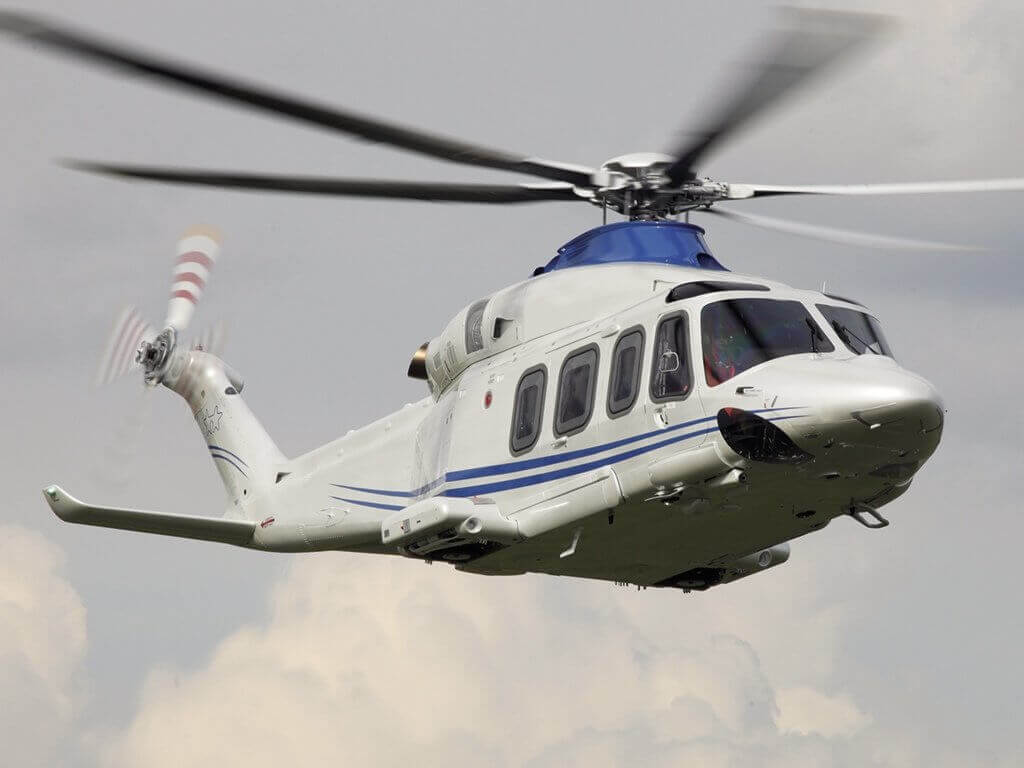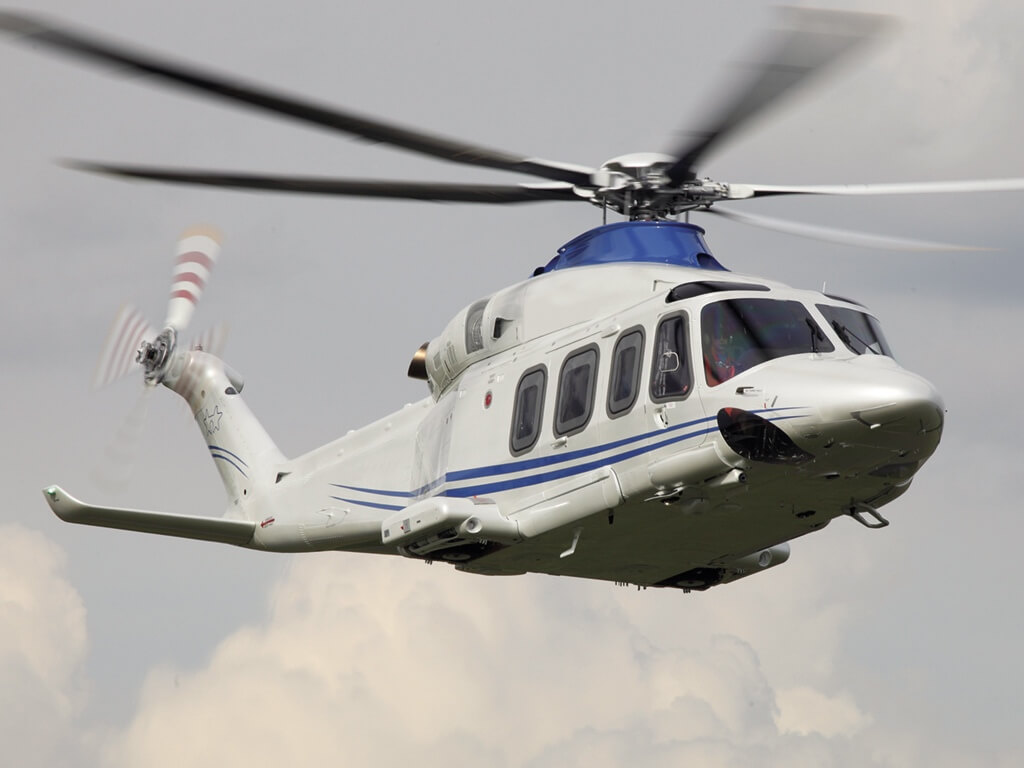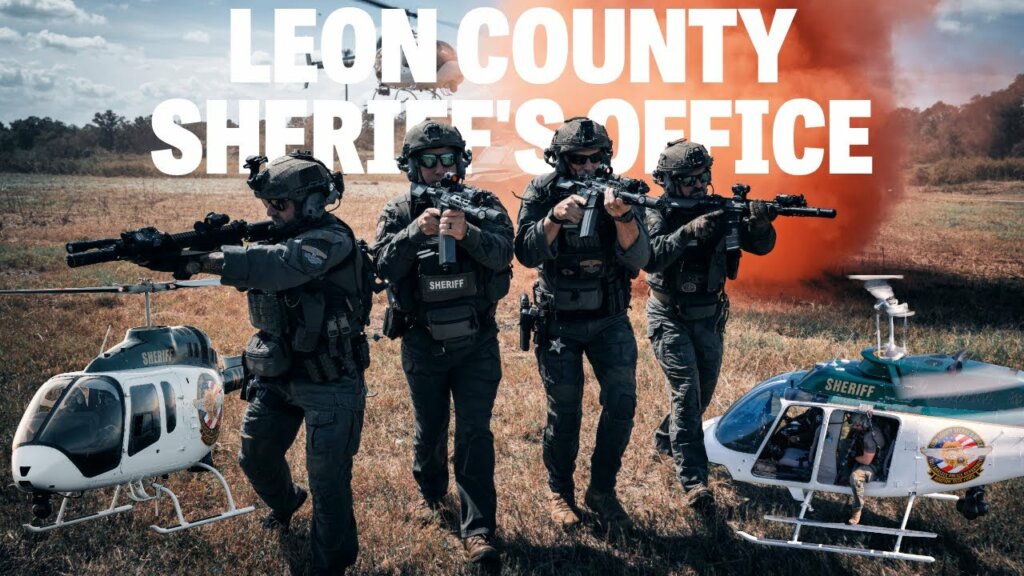Constant connectivity is something that many working professionals have come to take for granted. When your office is a helicopter, however, connectivity becomes more of a challenge.

Mobile networks are rarely able to ensure reliable coverage for fast-moving rotorcraft — and that’s assuming that an aircraft is actually within range of cell towers. For the many helicopters operating in remote environments, connectivity is synonymous with satellite networks, yet a helicopter’s rapidly spinning main rotor system can be a daunting barrier to higher bandwidth satellite data transfers.
Now, Honeywell believes it has overcome many of these technical challenges with its Aspire 200, a compact satellite communications system that uses interleaver waveform technology to enable robust connectivity almost anywhere in the world. Already certified for the Leonardo Helicopters AW139, with supplemental type certificates (STCs) for a number of other helicopter models expected this year, the Aspire 200 is a centerpiece of the “connected helicopter” that Honeywell is promoting at HAI Heli-Expo 2017.
“The Aspire’s main capability is the ability to put an L-band signal through a rotor blade and get the system to provide everything — voice, data, video — from a helicopter to a ground station, or to a ship, or a land-based vehicle, and allow that communication to happen in real time,” said Honeywell’s Tom Neumann.
To do so, the Aspire 200 transmits the signal through gaps between the spinning main rotor blades, similar to how some airplanes in the First World War fired machine gun bullets through the arcs of their spinning propellers.
“As that rotor blade spins above the helicopter, it acts basically as a signal shield that prevents signals from going up and down towards the satellite,” Neumann explained. “And because of that we’ve had to develop some pretty good technology to allow us to basically go between the rotor blades and get that signal through.”
Because every helicopter rotor system is different, software algorithms and antenna placements have to be fine-tuned for each model. With 10 different helicopter STCs now under development, Neumann said, “there’s a lot of engineering going on right now to make that happen and to go through the certification process.” But he reported that Honeywell is making good progress, and expects to have many of those STCs approved by the U.S. Federal Aviation Administration by the third quarter of 2017.
“We are seeing really good results so far,” he said. “We are optimistic that once we get these STCs finalized in 2017, it will be a step change improvement for the market in this arena.”
While the term “connectivity” is often associated with emails and Web surfing, the connected helicopter will allow its occupants to do more than update their Facebook statuses. According to Neumann, Honeywell is seeing interest in its connectivity solutions from diverse sectors of the helicopter market — not just corporate/VIP operators.
“We’ve had interest from everybody from some oil-and-gas folks looking to get large amounts of data off their helicopters for maintenance, to EMS [emergency medical services] operators that are really interested in trying to get medical information to a hospital,” Neumann said.
He added that law enforcement operators have shown particular interest in the Aspire 200 as a supplement to microwave downlinking systems used for surveillance and incident management — which is one reason why Honeywell has prioritized development of an STC for the popular Airbus Helicopters H125/AS350. Neumann also suggested that real-time video streaming could be used by search-and-rescue operators to put more eyes on a search.
“Now we can actually take what the pilot and spotters in a helicopter are looking [at] and transmit that video in real time back to a base, where multiple people can monitor it,” he said.
However, these applications may be just the tip of the iceberg. “We’re really excited for once the [customer] starts to use it, because we know they’re going to come back and ask us for applications,” Neumann said, noting that with more than 30,000 engineers on staff, Honeywell is well positioned to develop those applications quickly. “We definitely have the ability to listen to them, develop an app, and get [it] to market.”
Although Honeywell is emphasizing connectivity at Heli-Expo 2017, the company is also highlighting a product that is particularly useful when a helicopter is not connected. The LASEREF VI inertial reference system, for which Honeywell recently secured a technical standard order from the FAA, uses inertial data to provide helicopter pilots with precise position even in a GPS-denied environment.
“We take GPS for granted,” said Neumann, noting that not only is GPS subject to geopolitical denial, it can also be unreliable in fjords and deep canyons, especially at extreme latitudes.
With the LASEREF VI, he said, “We have a product now that allows you to know exactly where your helicopter is and provide you a safety margin, that up until very recently was always ITAR [International Traffic in Arms Regulations] controlled and flown by militaries. This is a fully commercial product.”









